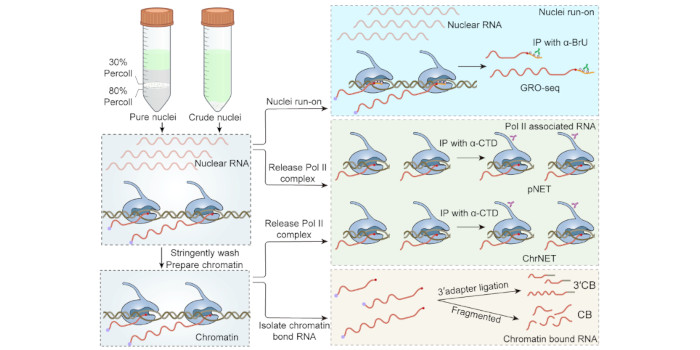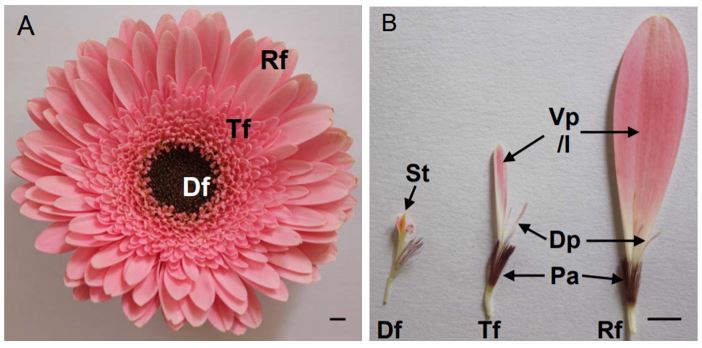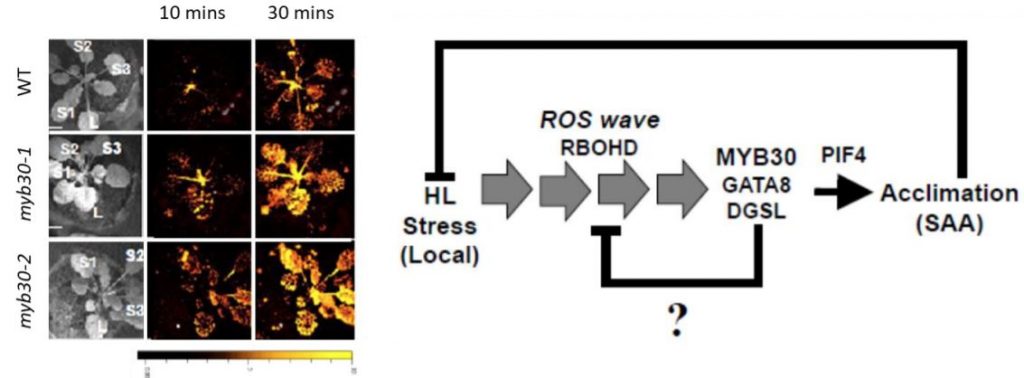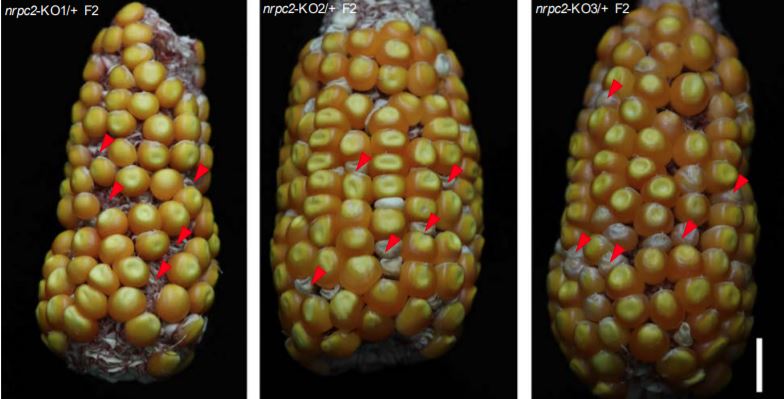
Pros and cons of various popular RNA sequencing methods
The Plant Cell: In a NutshellLiu and Zhu et al. systematically compare various methods for investigating transcription.
The Plant Cell: https://doi.org/10.1093/plcell/koad237
By M. Liu and Z. Dong
Guangdong Provincial Key Laboratory of Plant Adaptation and Molecular Design, Guangzhou Key Laboratory of Crop Gene Editing,…

The P-body component DECAPPING5 regulates flowering time via liquid-liquid phase separation
The Plant Cell: In a NutshellWang et al. investigate role of the DCP5-SSF complex in the nucleus
https://doi.org/10.1093/plcell/koad151
Wanyi Wang, Chuanhong Wang, Yunhe Wang, Jing Ma. The National Engineering Lab of Crop Stress Resistance Breeding, the School of Life Sciences, Anhui Agricultural University.
Background:…

CYCLOIDEA3 is targeted by disparate transcription factors in patterning flowers in Gerbera
Blog, Plant Physiology: News and Views, ResearchYunqing Yu
Donald Danforth Plant Science Center
Kellogg Lab
SAINT LOUIS, MO 63132
United States of America
[email protected]
Flowering plants have evolved enormous diversity and complexity of inflorescence architecture. One great model for studying complex inflorescence development and…

Fine Tuning Floral Morphology: MADS-Box Protein Complex Formation in Maize
Blog, Research, The Plant Cell, The Plant Cell: In BriefPlant floral organ development is orchestrated by master regulatory genes that control the differentiation of meristem tissue. According to the ABC(DE) model of flower development (Bowman et al., 1989; nicely summarized by Irish, 2017), different floral organs form in concentric whorls (verticils) in…

MYB30 links the ROS wave to systemic acclimation
Blog, Plant Physiology, Plant Physiology: News and Views, ResearchAmna Mhamdi
Ghent University, Department of Plant Biotechnology and Bioinformatics, and VIB Center for Plant Systems Biology, 9052 Ghent, Belgium
Address correspondence to [email protected]
Stress signals trigger systemic signaling and acclimation. The propagation of reactive oxygen species…

Unexpected Role of a TCP Transcription Factor in Seed Oil Biosynthesis
Blog, Plant Physiology, Plant Physiology: News and Views, ResearchTianhu Sun
ORCID ID: 0000-0002-2513-1387
Plant Breeding and Genetics Section, School of Integrative Plant Science, Cornell University, Ithaca, New York 14853
[email protected]
Plant seed oils (such as canola oil, sunflower oil, and soybean oil) are important for the human diet and store energy…

Maize RNA Polymerase III Subunit NRPC2: New Kid on the Kernel Development Block
Blog, Plant Physiology, Plant Physiology: News and Views, ResearchDhineshkumar Thiruppathi 1,2
ORCID ID: 0000-0002-2018-3356
Donald Danforth Plant Science Center,
Saint Louis, Missouri 63132
1Senior author
2Author for contact: [email protected]
Seed (kernel) size affects evolutionary fitness and crop yield. In angiosperms, seed size…

The photobiology paradox resolved: photoreceptors drive photosynthesis and vice-versa
Blog, Plant Physiology, Plant Physiology: News and Views, ResearchCharlotte Gommers, Assistant Features Editor
[email protected]
For a long time, the study of light fueled two independent fields of plant sciences. On the one hand, light energy is absorbed in the chloroplasts, to drive sugar production via photosynthesis. On the other hand, light is an…

True Blue: How Cry1 Inhibits Phototropism in Green Seedlings
Blog, Plant Physiology, Plant Physiology: News and Views, ResearchKasper van Gelderen
Plant Ecophysiology, Dept. of Biology, Utrecht University, Padualaan 8 3584CH, Utrecht, The Netherlands.
The study of plant movement towards light, also called phototropism, has a venerable history with giants such as Charles Darwin and Frits Went involved in its study, which…

